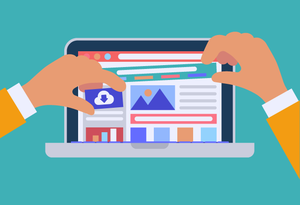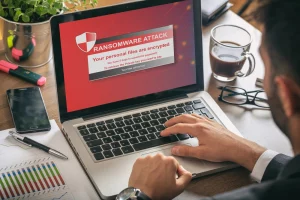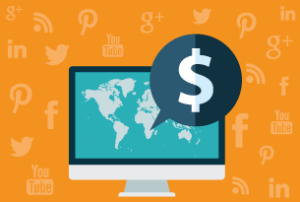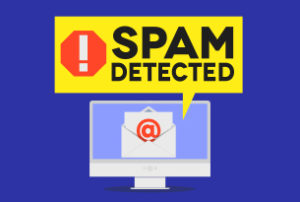We hear the term “influencer” in daily conversation – but who exactly does it refer to? And how does one gain the status of being considered one?
Influencers are incredibly powerful for two main reasons: 1) they can dramatically increase the reach of your brand, and 2) they can introduce you to new clients through their well-established and trusted relationships. They have the power to broaden your reach by introducing your name and your services to a completely new audience. Influencers can also provide insights into your market – and the market’s view about you. They can recommend you – or ruin you.
Clearly it is important to develop strong relationships with them – but how do you know who they are? Or more particularly, how might you assess the power of their influence? Here are ten tests that can help:
- The Google test: When you search for their area of expertise on Google, do they appear in the first few entries? Or further down the list? If you search for their name, are they referenced within a number of different sites, or just their own? Beyond Google, check the Bing search engine, as well as their website’s Alexa rank.
- The social follower test: While quantity isn’t everything, it is an important factor. How many followers/friends/connections does the influencer have on Twitter, YouTube, Facebook, and LinkedIn? And if there is a particular Social Network within your industry, how many followers do they have there?
- The activity level test: How active are they? How often do they post original thinking? How many shares, comments, likes, and retweets?
- The social influence test: There are a number of websites that purport to assess an individual’s (or a brand’s) influence. What is theirs? Check out Kred, Klout, and Naymz.
- The economic test: How much do they charge for mentions, advertising, or sponsorship? The ability to charge for access is one indicator of the economic value of their influence: the more they charge, presumably the higher their influence. Be wary, however: many influencers see this practice as compromising their independence and objectivity, and don’t “sell” their name to anyone.
- The traditional media test: Perhaps we have come full circle, but too often influence is being defined narrowly as online influence. The traditional media test speaks to their recognition outside of the blogosphere and twitterverse. How often are they quoted – or write in – in newspapers and magazines? How often do they provide their perspective on radio or television? Are they regularly called by national media, or only by more obscure (or local) outlets?
- The longevity test: How many decades have they been doing what they’ve been doing? Expertise, profile, connections, and influence don’t “magically” come into being all by themselves – it builds over time.
- The fancy title test: Some people are given influence by virtue of their job. One definition of influence is an individual’s seniority multiplied by the size of their organization. This is not a problem, but if one of your goals is to build relationships with this type of influencer (a noble goal for a host of other reasons as well), remember that once they leave their job, you will need to start over with their replacement.
- The author/speaker test: How often do they speak on their expertise? Are they paid to speak? How many books have they written? Are the books traditionally published, or are they self-published and of dubious quality?
- The community involvement test: Influence also stems from what people do beyond their day jobs. This may mean leadership in a professional association, faith community, neighborhood ratepayers group, school PTA, kids’ sports league, or their own baseball team. The more active the person is, the greater their influence.
The most important test – relevance: The question of influence is not complete unless you address the question of who they are influential with. If a person or organization has influence with an irrelevant target audience, then why should you care? To you, that influencer is irrelevant.
This week’s action plan: 1) Look at your market – who are its influencers? Once you’ve identified them, create a plan to strengthen your relationships with them. 2) How might you become a more powerful influencer yourself? Refer to the tests above – consider how influence can be used more effectively in your current marketing initiatives. Where can you strengthen your brand and how can you increase your influence?
Marketing Insight: For organizations and individuals alike: the stronger your brand and your influence, the more successful many of your marketing initiatives will be.











